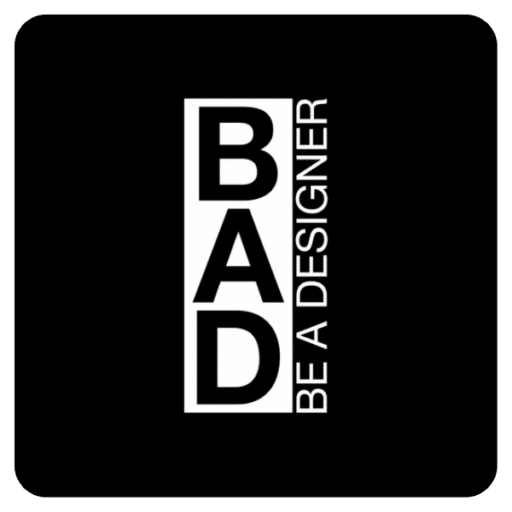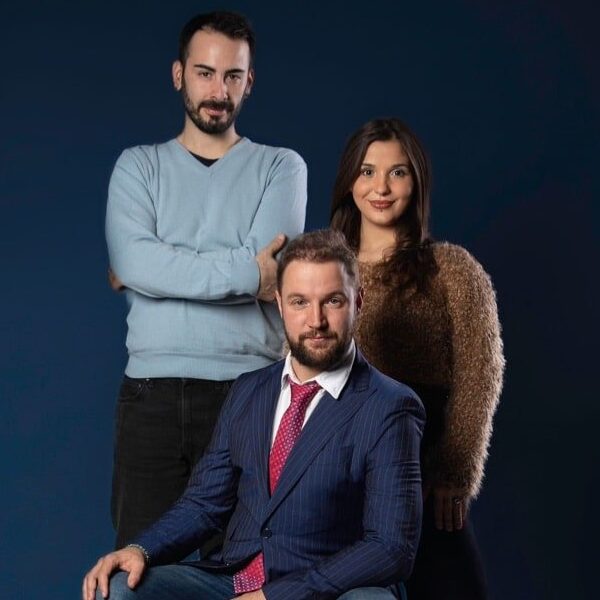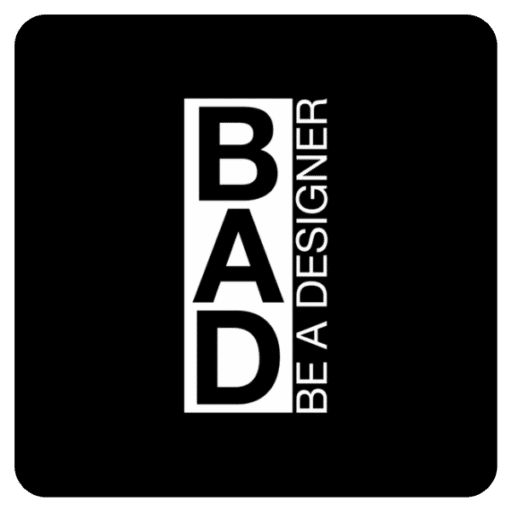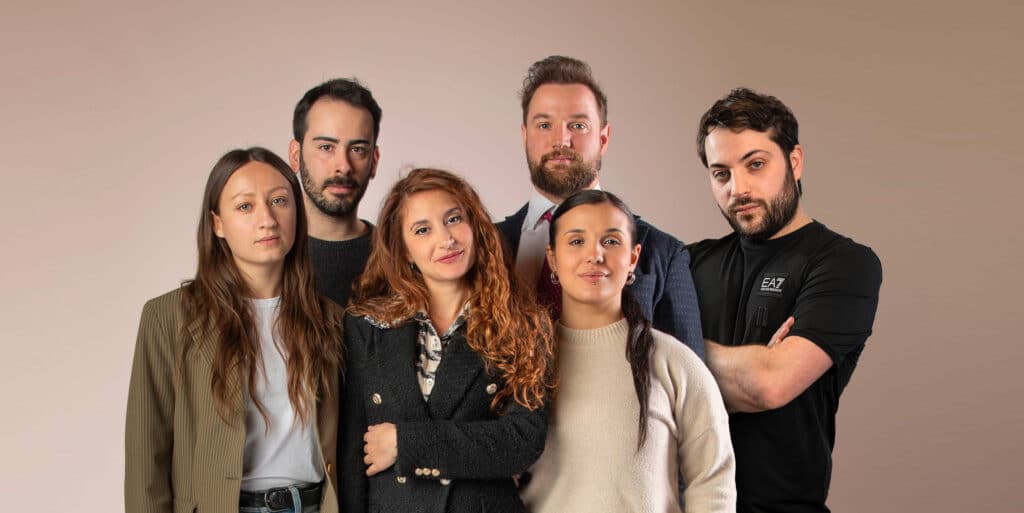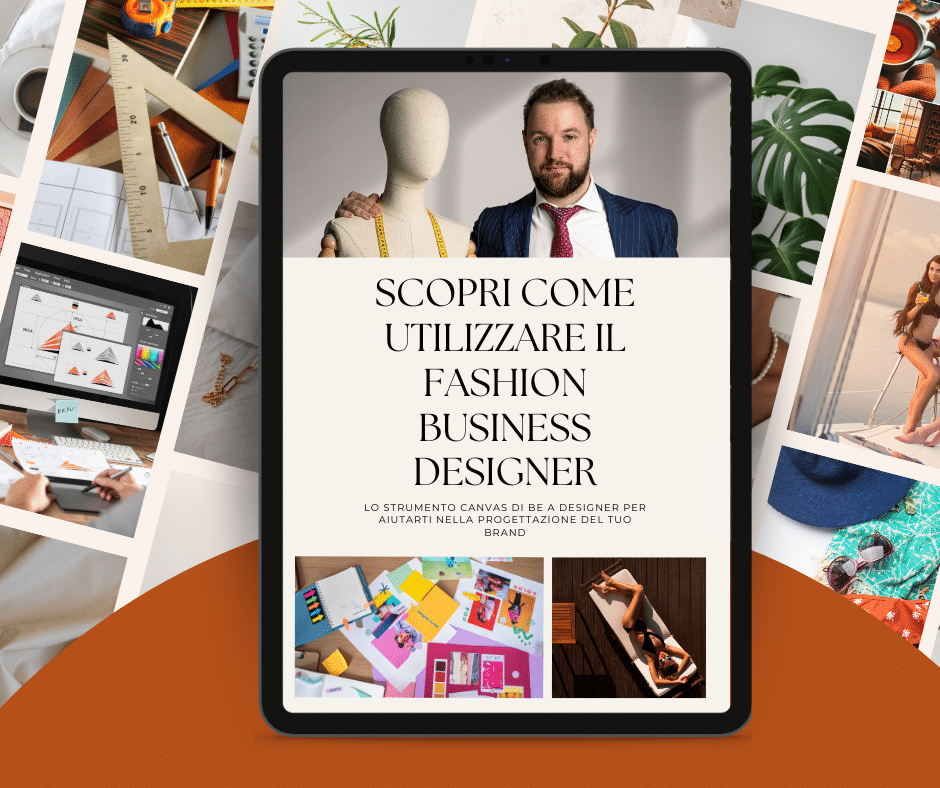Learn the principles of product design and discover how to build fashion products following our Be A Designer method
HOW TO DESIGN A FASHION PRODUCT
When starting to build a collection, one must always keep in mind that it is born within a well-defined ecosystem and must respect its rules in order to always be coherent.
To make fashion, it is not enough just to make product collections, but you have to follow a strategy that leads you to create your own brand over time.
BEFORE STARTING A BRIEF REMINDER:
If you haven't already done so, to better understand my approach, it is useful to print out the canvas! you can find all the resources in your reserved area in the Fashion Business Academy at your private area and access the free video course where you will also find all the downloadable materials]
The Canvas is designed to be accompanied by my manual: 'You too want to be a designer' at the end of each chapter you will find exercises to correctly fill in the canvas if you have NOT purchased it yet, you can find it HERE
If you have not yet read article which you can read HERE we have seen the basic structure of our canvas, in this article we will delve into how to design a fashion product.

the product is born within an ecosystem
That starts with our Brand Essence. The set of values that make up our brand.
As you can see from the diagram below, we have a set of concentric circles going from the outside to the inside. the outermost circle is the one made up of our distinctive traits as creators and designers in fashion. They are the set of our customers' values, history and expectations of us and our products.
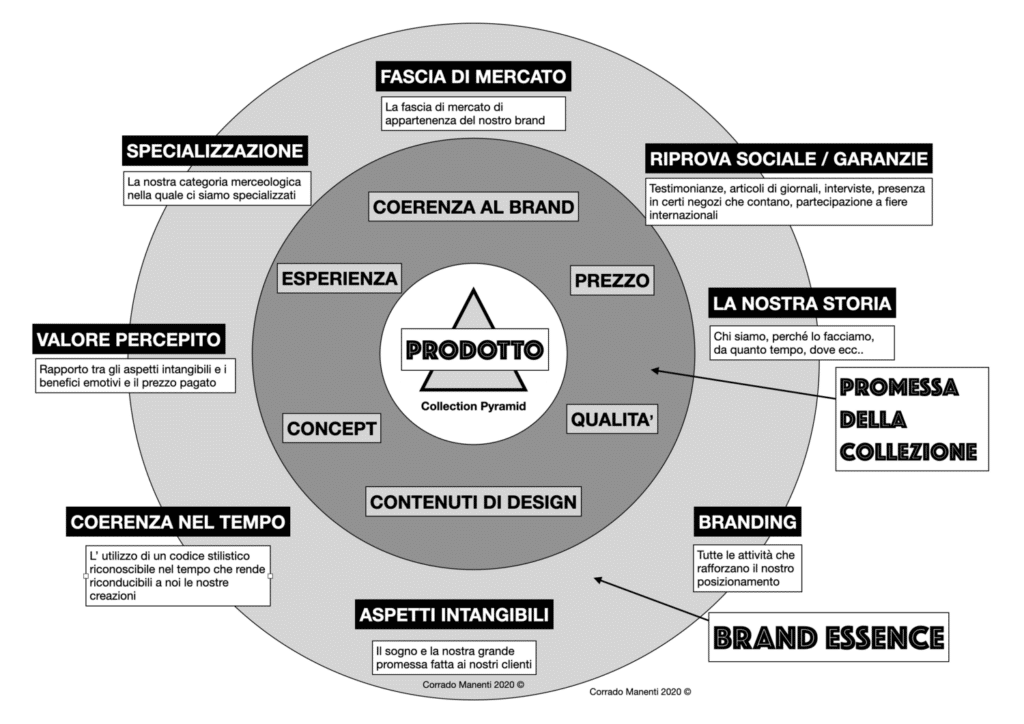
The second circle is instead composed of the values of the specific collection we are about to create. Each collection must respect our brand values, in fact especially at the beginning with the first collections we need to be recognisable.
Our brand is unlikely to become memorable at the first collection, so the most recognisable thing will be our products, our design content. That is why in the first collections there must always be some common element that makes our customers think in their mind:
"That brand does...with those details/features..."
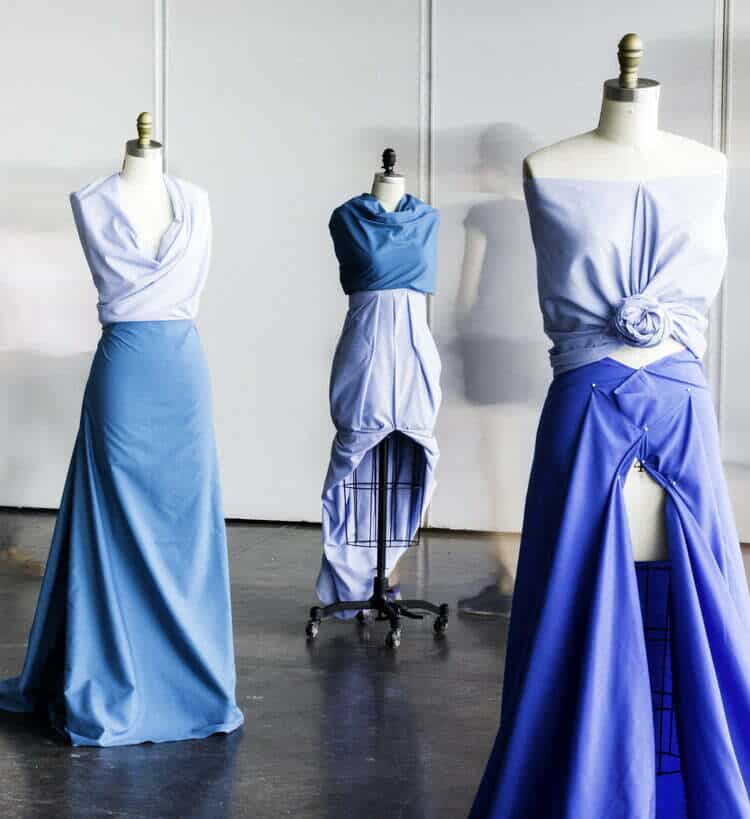
it is difficult for your brand to be memorable from the first collection
That's why customers will mostly remember the details and content on your garments that made them purchase
This is why we must be careful in the PROMISE OF OUR COLLECTION to be consistent with our brand values, with the design content that customers (counting orders) have told us is relevant (or more simply "are to their taste")
Finally, in the centre we find our products, which must encompass everything in the other circles.
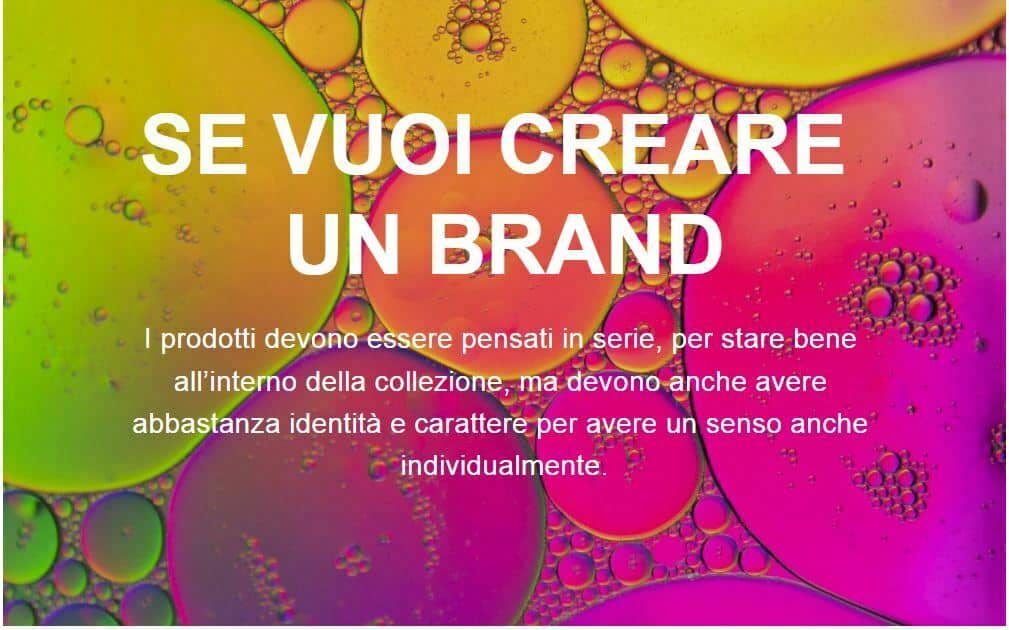
We need each of the products we create to help grow our brand, we cannot afford to sell unrecognisable products.
For a brand to have value (and earn it over time) it is built with consistency. That is why in the Brand Design phase we defined the future values of our brand no even before building a collection.
[IF YOU WANT TO LEARN MORE ABOUT BRAND DESIGN, FIND THE COURSE BY CLICKING HERE].
As the collections go by, we have to reread the reflections we made in this part of Collection Design to decide how we can season after season decline the elements of our brand into new clothes.
A brand cannot grow without a well-defined stylistic code, iconic and repeatable elements.
We need consistency in order to retain our customers, even if for example we plan to sell our creations in shops and boutiques. In fact, in a shop the customers are loyal and it is always the same people who frequent it, so if they have already bought your brand once they will want to find something new but at the same time in line with what they bought the time before.
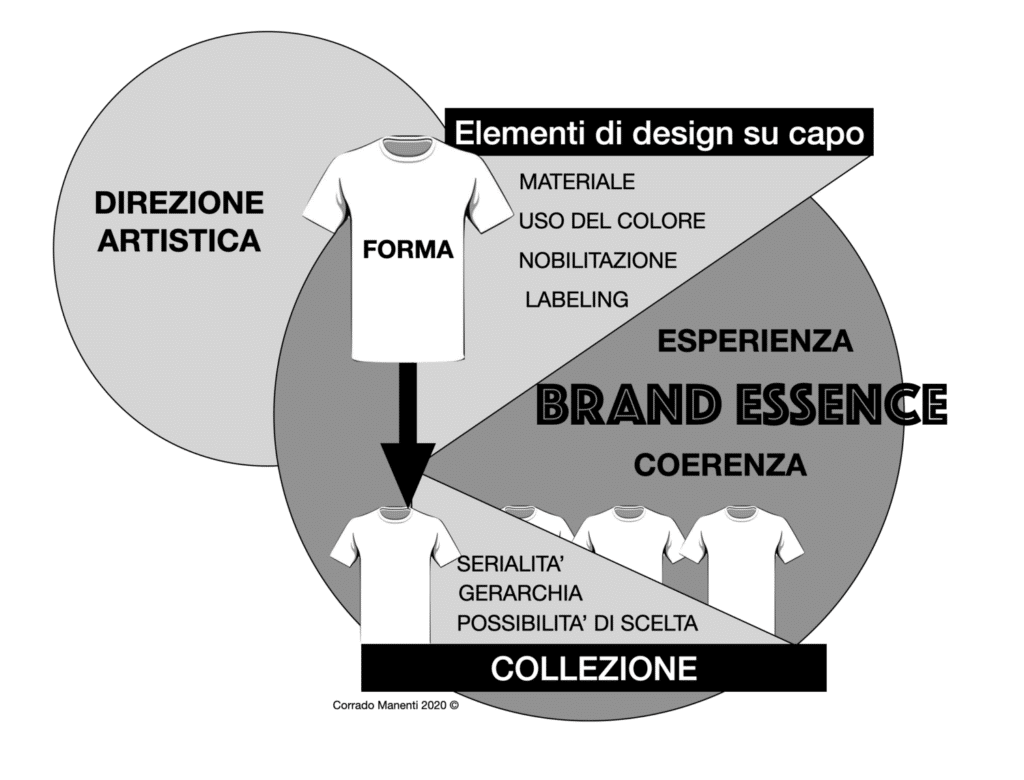
Consistency to your brand is a key element in building a collection.
Consistency in design and artistic direction
Consistency in modelling and fit in
relation to our target customer
Consistency in fabric types and use of colour and
prints
Consistency in perceived quality and price range, the
discounts are never permissible.
Consistency in communicating our brand values and our
great promise even before talking about our products.
Consistency in the production chain, if it is made in Italy it must
remain so.
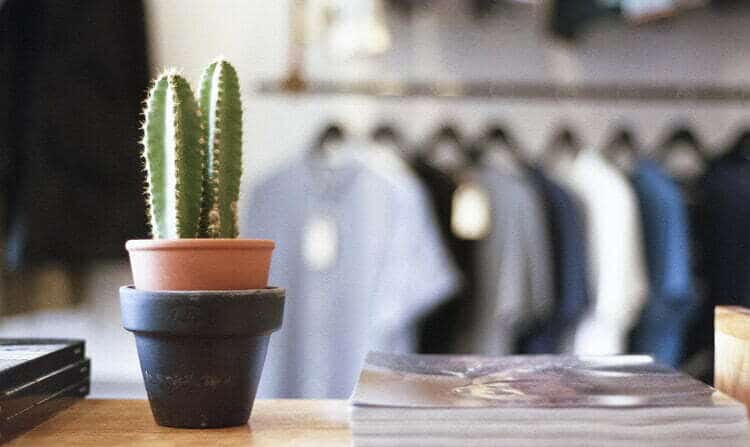
Every boss needs a unique reason to exist
If it is not iconic, it makes no sense unless combined with another element of the collection or worse 'vaguely reminiscent of that brand there' not good!
Any insufficiently characterised element in our collection will not strengthen our brand and will be perceived as a commodity.
When this happens, the buyer only chooses by comparing us with the competition: in the absence of significant differences, he will choose by price or by buying the better-known brand of the two.
